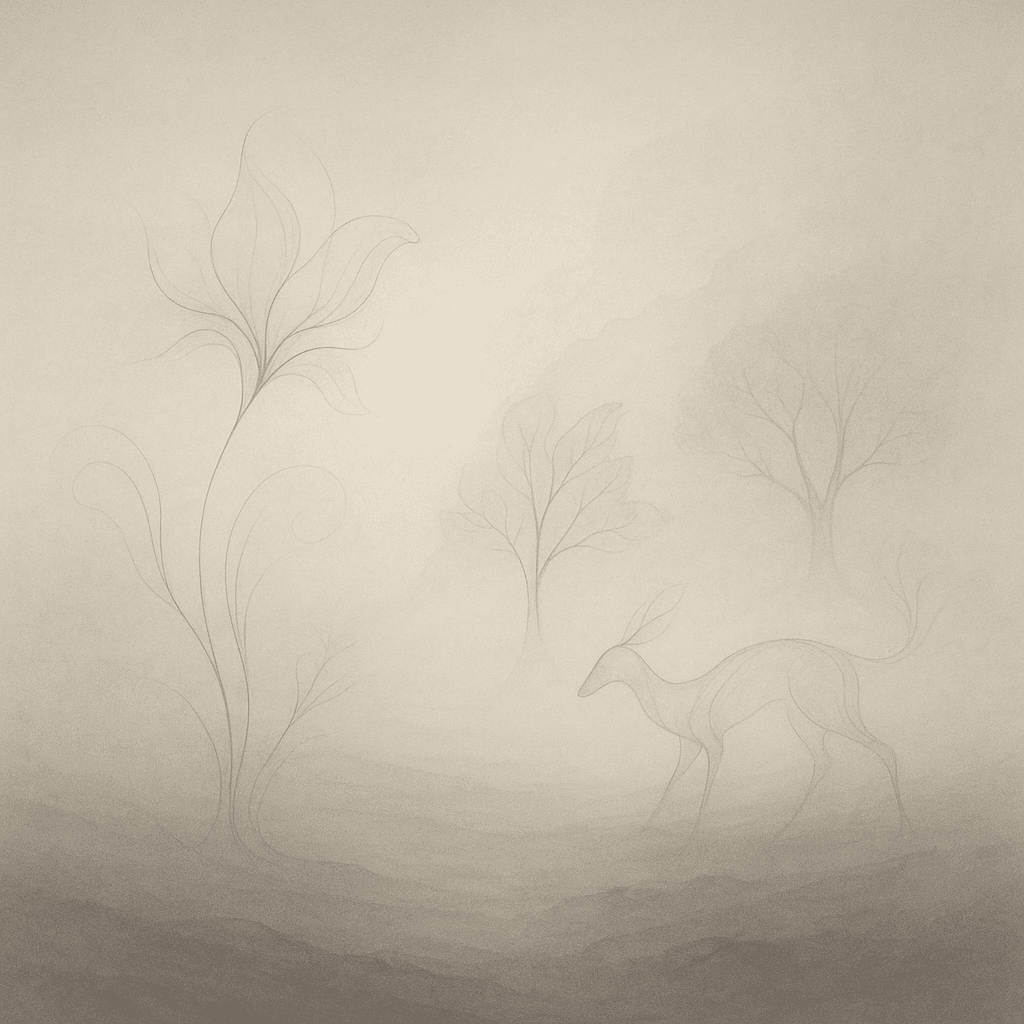Emptiness: The Source of Creative Possibility

Emptiness is the cradle of form. — Bruce Lee
Understanding the Paradox of Emptiness
Bruce Lee’s statement, 'Emptiness is the cradle of form,' introduces an apparent contradiction. At first glance, emptiness implies absence, while form suggests presence. However, Lee, deeply influenced by both Eastern philosophy and martial arts, is highlighting how nothingness serves as the condition for creation and manifestation. Without an empty space, there is no room for anything new to emerge, making emptiness not a void of value, but a wellspring of potential.
Foundations in Eastern Philosophy
Expanding on this idea, classical texts such as Laozi’s *Tao Te Ching* (c. 4th century BC) offer similar insights: 'We shape clay into a pot, but it is the emptiness inside that holds whatever we want.' Lee’s worldview echoes this Taoist recognition that usefulness arises not from what is, but from what is not. This philosophical foundation encourages embracing emptiness as a necessary precursor to all form and action.
Martial Arts and the Value of Space
In martial arts, the notion of emptiness finds practical expression. Lee’s own system, Jeet Kune Do, emphasizes adaptability and fluidity—using open space to anticipate and respond to opponents. The ability to act, to strike, or to defend, depends not on filling every moment with movement, but on recognizing the power within spaces and silences. Here, form arises precisely because the practitioner knows how to harness emptiness.
Artistic and Creative Applications
Beyond martial arts, the concept extends to art and design. For instance, the negative space in a painting or between musical notes shapes the impact of what is perceived. Modern architecture and minimalist art movement—as exemplified by the works of architect Tadao Ando—often use empty space strategically to allow form to breathe and meaning to emerge. Thus, emptiness, rather than being inert, actively frames and elevates form.
Emptiness in Personal Growth and Life
Finally, in personal development, embracing emptiness can mean letting go of preconceived notions, old habits, or material attachments to make space for growth and transformation. As Lee himself advised, 'empty your mind, be formless, shapeless.' This approach invites individuals to cultivate openness, flexibility, and creativity in all aspects of life—a living example that form always springs from the cradle of emptiness.